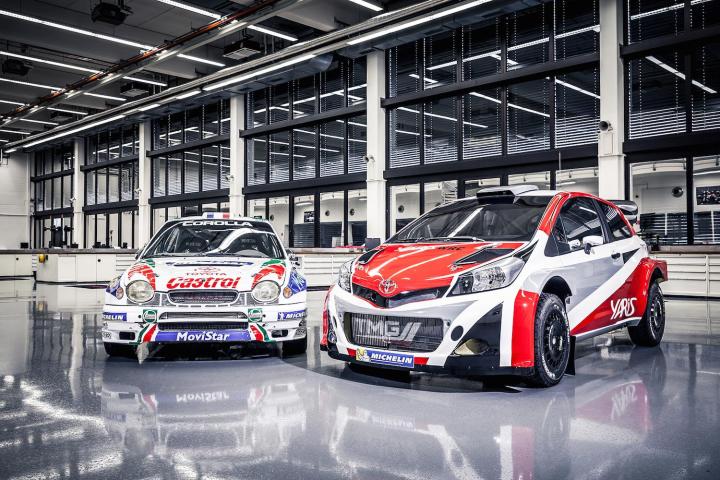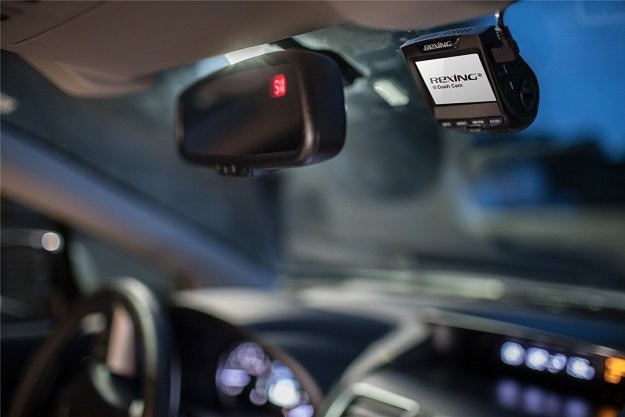
The car Toyota has deputized for its return to rally is based on the Yaris subcompact hatch. An insider for Motoring.au suggests that the work going into it will not only produce the final race car, but also a road-legal edition as well.
The prototype Yaris packs a 1.6-liter turbocharged four-cylinder with direct injection, capable of producing power in the neighborhood of 300 horsepower. This will be routed through a six-speed race gearbox and powers all four wheels. In order for the final rally-going version to be eligible for entry in 2017, 2,500 versions of a rally-spec edition of the car has to be sold to the public, in accordance to FIA homologation rules.
Depending on which way they go with this, the rally-spec Yaris could end up being a limited edition or even added on as an additional model. Then its just a matter of what markets it will be made available. Either way, there’s a possibility that we can get our hands on a brand new, potentially lots of fun rally-ready toy to play with, and that suits us just fine.

All of this follows Toyota’s CEO Akio Toyoda’s push for more performance, and this is just the most recent way his decree has manifested itself. After the amazing response from the Toyota GT 86 (and its Scion/Subaru-badged versions), Toyota treated us to the FT-1 Concept, a pure-performance designed car that may or may not be a vision of a new Supra.
This is what we expect when an avid racer is at the helm of the world’s biggest carmaker: A little fun and excitement to offset all the beige Camrys we’re forced to encounter obliviously dawdling in the left lane. From the looks of things, the brand may be making good on that balance.



